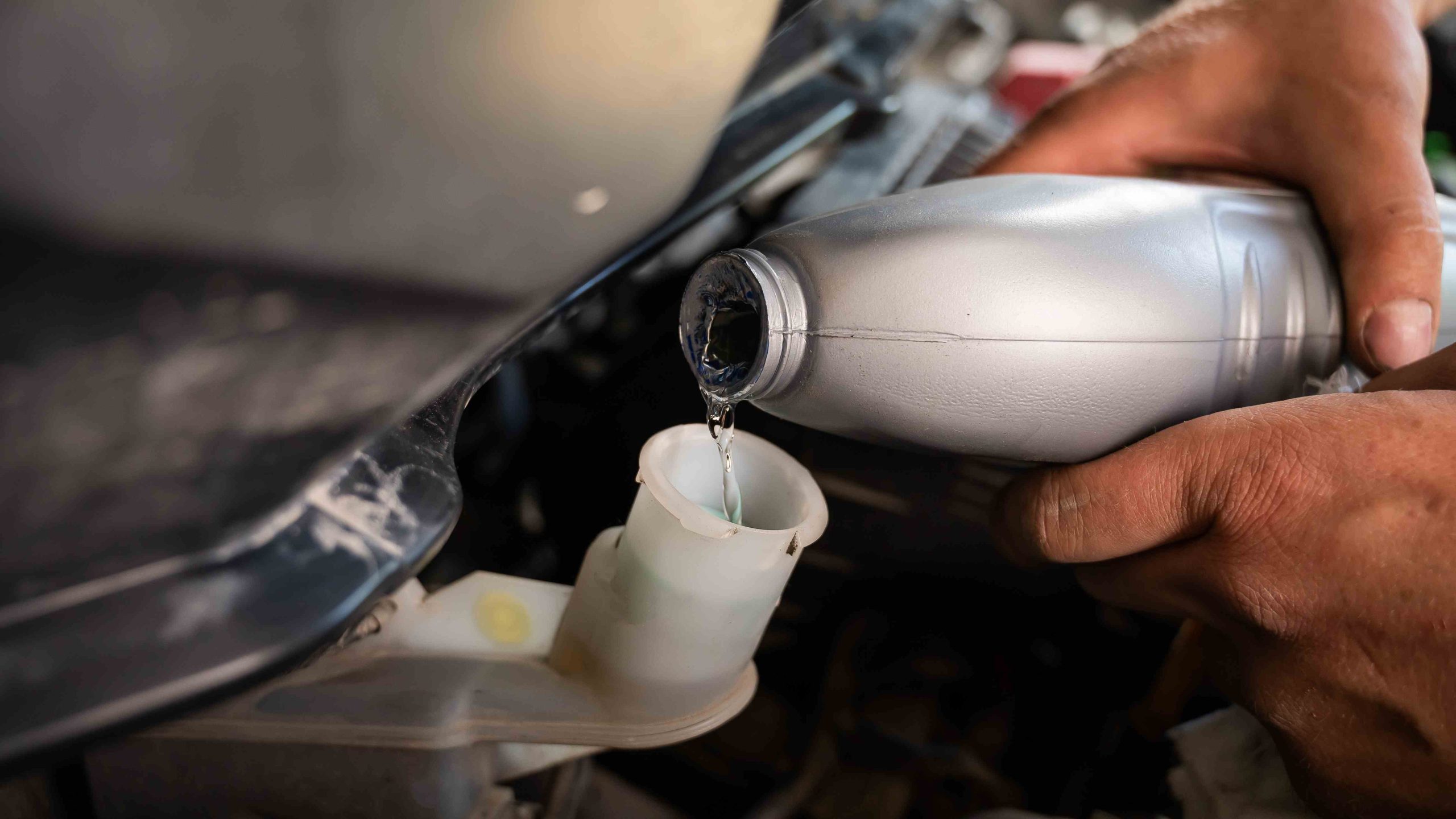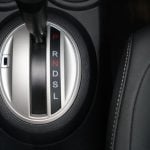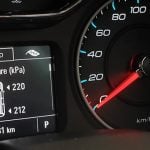Do you want to refill your car brake fluid, but you’re unsure about the whole process? Don’t worry – we are here for you. Here’s how much brake fluid your car actually needs.
The brake fluid in your vehicle plays a significant role in keeping your car’s braking system in its best condition. If the fluid level decreases below the optimal level, the braking system and your safety can be compromised.
That’s why it’s crucial to track your vehicle’s brake fluid and change it at regular intervals, as suggested by the manufacturer. In this post, we’re breaking down everything there is to know about brake fluids.
What’s Brake Fluid?
Modern cars use hydraulic braking systems, and the brake fluid is a chemical solution used in this system. The brake fluid will intensify the force you apply to the brake pedal, and this, in turn, applies the proper pressure on the car’s brakes for the vehicle to stop. So, in simple words, the mere touching of the brake pedal does not stop the car if there’s no brake fluid.
Why Does Brake Fluid Go Bad?
Brake fluids are hygroscopic in nature, which means they absorb moisture from the air. Although the brake fluid is stored inside a closed system, some moisture finds its way into the system and mixes with the fluid.
Over time, this can increase the brake fluid’s water content. What’s worse, just a tiny amount of moisture in the fluid can contaminate it and reduce its effectiveness. The contamination could happen because of various issues, such as holes in rubber hoses, broken seals, or when the brake fluid cap is not closed correctly. If the issue is with the hoses or the seals, make sure to change them and fill up the brake fluid.
Due to this, we recommend flushing brake fluids periodically every two years or 30,000 miles, whichever comes first.
What Are the Signs of Low Brake Fluid?
Puddle under the car
If you notice a puddle of oily liquid beneath your car, it could be leaking brake fluid. The fluid could leak from rubber hoses, calipers, or the cylinder. Never take a brake fluid leak lightly, and it’s best to fix the issue as soon as you notice it.
Soft Pedal
While applying the brakes, if you notice the pedal is soft and touches the floor with little or no resistance, it usually means the brakes are not working correctly because of a lack of fluid.
Illuminated ABS light
If you notice the ABS warning light on your vehicle’s dashboard is switched on, you’re running low on brake fluid. The brake fluid needs to be optimal for the ABS to work efficiently, so when the brake fluid in the car decreases, the check ABS light illuminates.

How to Add Brake Fluid?
Step 1
First, look at your vehicle’s owner’s manual and find the correct type of brake fluid required by your vehicle (DOT 3, DOT 4, or DOT 5).
Step 2
Then gather supplies, get the recommended brake fluid, paper towels, gloves, eye protection, and a funnel for easy pouring.
Step 3
Park the vehicle on a level surface. Wear gloves and eye protection, and roll up your sleeves if you are wearing long sleeves. Brake fluid is toxic, so if you come in contact with it, wash it off soon. Also, try to avoid getting brake fluid on the paint; brake fluid can damage the paint.
Step 4
Open the hood and locate the brake master cylinder. If you can’t find it, you can use the user manual to locate it. It is usually a plastic canister located near the firewall at the rear of the engine bay, close to the driver’s side.
Step 5
Look at the side of the brake fluid reservoir to check the fluid level. It should be between the “MIN” and “MAX” lines. If the brake fluid level is low, you need to top it off. However, if you notice that the fluid is dark or murky, it may be contaminated, and you might need to replace it rather than just topping it off.
Step 6
Then, you need to clean the brake fluid reservoir cap and the surrounding area to prevent contamination when you open it.
Step 7
Next, you have to open the reservoir cap carefully without letting any dirt or moisture get inside.
Step 8
Then, slowly pour the brake fluid into the reservoir until it reaches just below the “MAX” line. Don’t overfill the reservoir; it can cause pressure issues in the braking system.
Step 9
After filling the brake fluid reservoir, put the reservoir cap back on and seal it tightly.
Step 10
If you spill brake fluid, clean it immediately with a cloth. Brake fluid is corrosive and can damage your car’s paint.
Step 11
Start your car and press the brake pedal a few times to ensure it feels firm and responsive. This helps to circulate the new fluid through the system.
How Much Brake Fluid Does a Car Need?
While adding or flushing brake fluid, it must be filled at an optimal level. Most modern cars require about 32 ounces or one quart of brake fluid. However, it is important to check your vehicle’s owner’s manual to find out what the required brake fluid amount is for that particular vehicle.
How Much Does Adding Brake Fluid Cost?
The brake fluid cost should be anywhere between $5 to $30. If you seek the help of a professional to get it done, you’ll be spending $100 to $150 on labor costs. However, you can save those bucks by doing it yourself using the steps mentioned in the post.
Renée Martin is a travel and car expert who focuses on road and air travel in the U.S. For the past 6 years, she’s been helping make driving and trip planning easier and budget-friendly for everyday travelers.


















